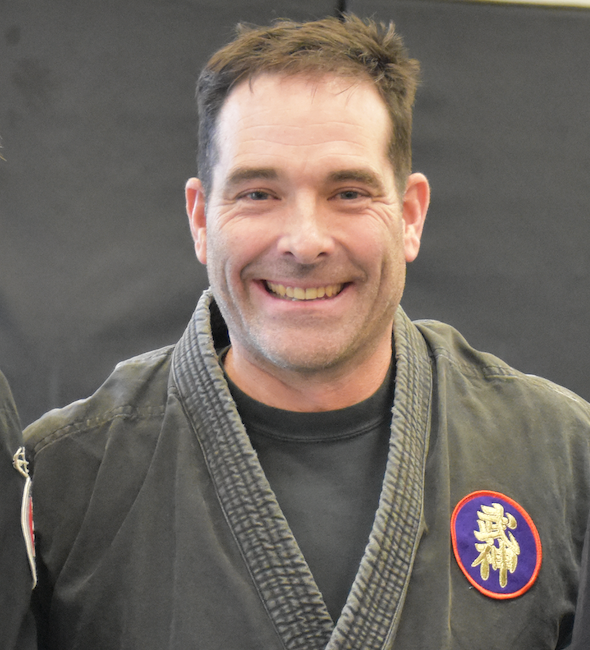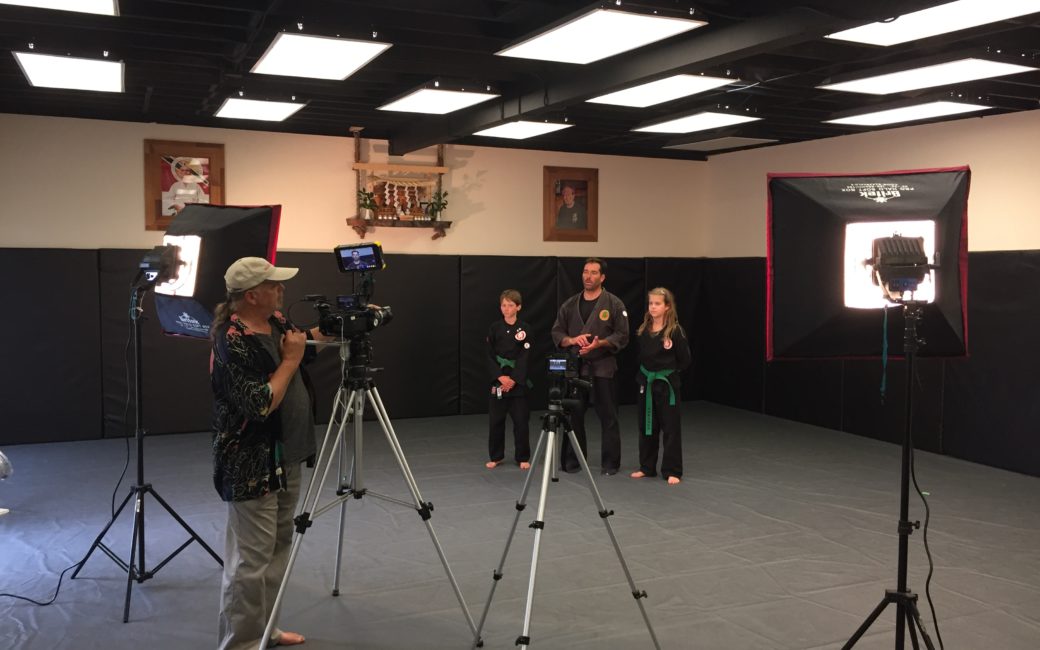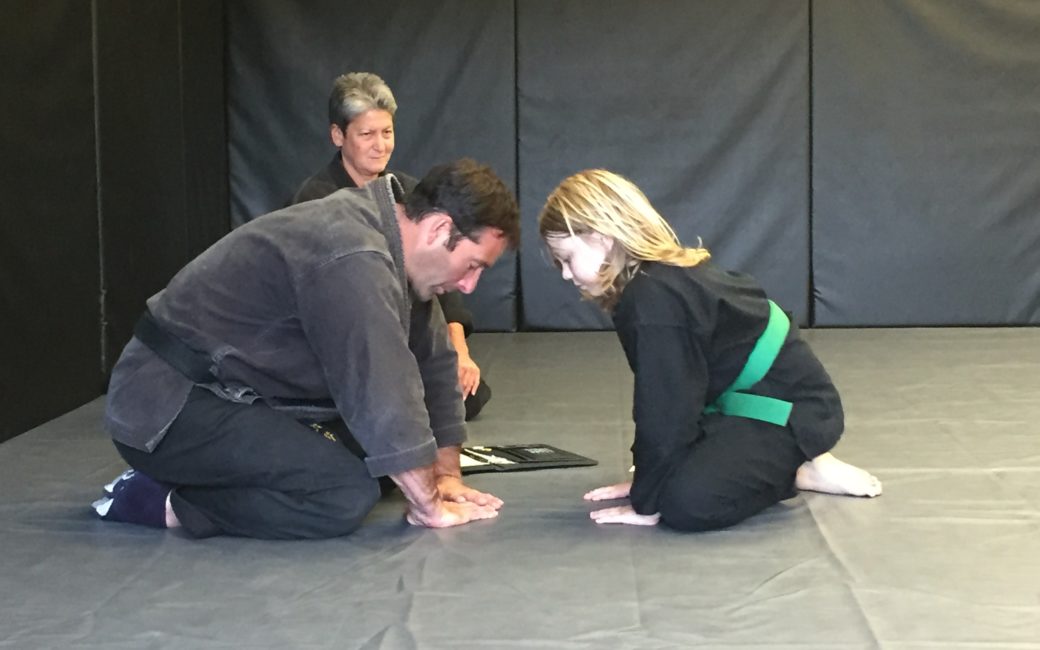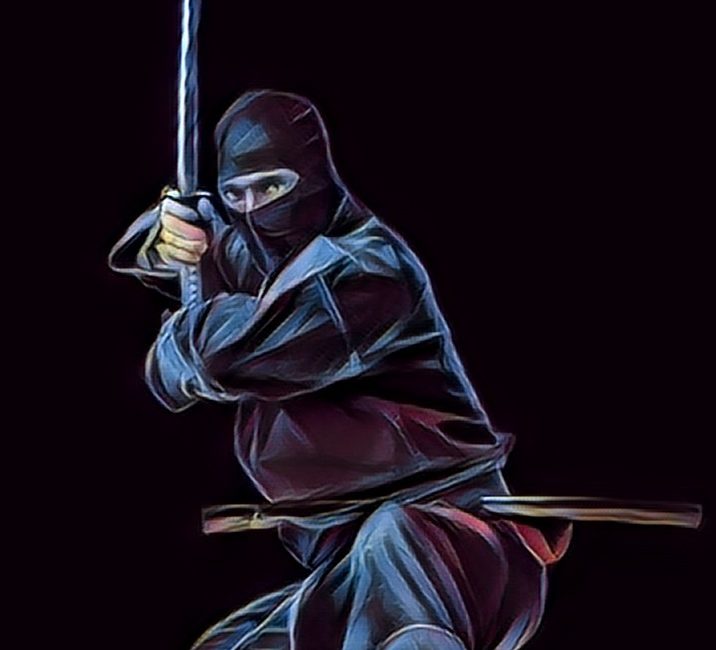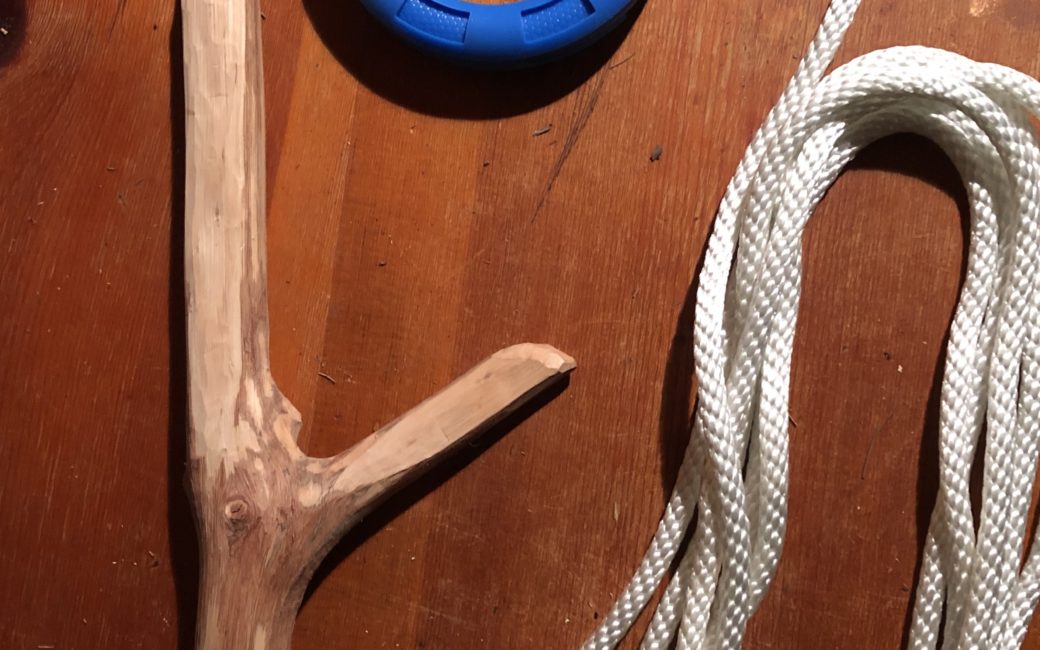Here's the final addition to a 4-part series by Dai Shihan Mark Roemke called "Becoming a ninja."
When we last encountered our unreasonably happy Dai Shihan, he was describing the origins of Pathways Dojo. Before that he told about how he found martial arts and the how he found ninjutsu.
When we last encountered our unreasonably happy Dai Shihan, he was describing the origins of Pathways Dojo. Before that he told about how he found martial arts and the how he found ninjutsu.
Today we wrap the story bundle with a look into the possibilities of the future, specifically how the philosophy of "everyone is a teacher, and everyone needs a teacher" is a key principle in changing the lives of people, lots of people.
Warning...Mark gets really excited about this topic in the video below, and it's not because of his favorite matte beverage.
There are a few key things in the video below that are worthy of hitting the pause button to think about. I'll save you the trouble by briefly breaking a couple down.
"We are pre-programmed to teach."
He talks about how this is so obvious in kids. As soon as we teach them something and they develop a competency, be it in the dojo or nature, they really want to teach the skill to others.
In the dojo or even our zoom classes for example, we can ask..."Raise your hand if you can demonstrate jumonji no kamae."
Boom...hands go up everywhere.
Or in nature..."Raise your hand if you can teach the knife safety techniques."
Boom...hands go up everywhere.
There is a flip side to this as well. I'll let you in on a little detail about Mark if you haven't trained with him. It's this...
You never know when he is going to call on you to teach something.
What's the effect of this?
It puts you on edge.
It makes you pay attention.
And ultimately, you learn so much more, about whatever art you are studying, when you are in the teaching role.
This philosophy is behind the vision of Pathways Dojo.
I'll cue the Dai Shihan here to explain this vision in his own words.
We hope you enjoyed this final episode that explains a little more behind the scenes about the history of Pathways, Sensei Roemke, and where ultimately we intend to take our mentoring in the future.
We hope too that this inspires you to step into a mentoring role to help create a positive change in those around you.
